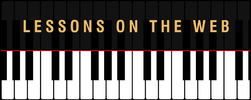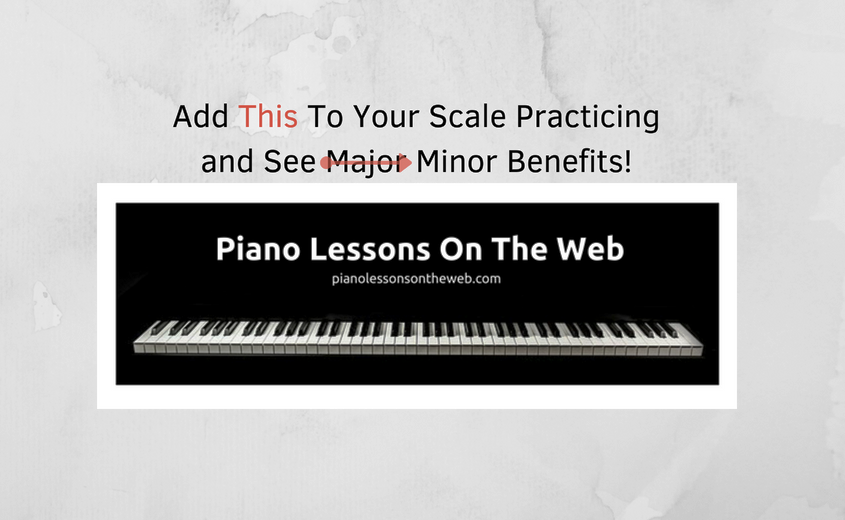|
Scale work begins very early on in our piano learning; without us even realizing it sometimes! There's a good reason why...and that's because all music is built upon scales. Not only all music, but all types of music, not just classical. So, we have to learn our scales in order to play whatever type of music that we want to on the piano. We usually start with our Major scales. As we learn the notes in each scale we come to know the key signature of each scale.
With all the focus on the Majors, there's a pretty large group of scales that we tend to leave out; our Minor Scales. Minor Scales aren't minor at all in terms of their importance and usage in all types of piano music. There's an important difference between our Major and Minor Scales to know. While we have 1 type of Major Scale, we have 3 different types of Minor Scales for each key. So for each different key signature, there are 3 different types of minor scale that you can play in that key. Wow! Since there are so many different types of minor scales to learn, we're going to focus on just 1 for today and this is where your challenge comes in! The Natural Minor Scale is the one we're going to focus on today. Why?
Every Major Key has a Relative Minor Key and this relative minor key share the exact same key signature as the Major Key. You only have to know how to find the Relative Minor of a Major Key. It's easy!
Now that you've found the relative minor, you simply play that scale with the same key signature and notes that you played C Major with. (This time you start on the note A instead of C). The sound is going to be completely different, but it will be the same notes. It's really amazing when you think about it...just changing things around and you have a totally new sound and texture. The neat thing is, that you already have these notes in your fingers...so why can't you play the Relative Minor in the Natural format for each Major Scale that you know already? Thus...your challenge! For the next several weeks, anytime you practice and learn a new Major Scale, make sure you go ahead and identify what it's Relative Minor is and play that scale in the Natural Form using the same key signature and notes, and you'll master each of these minor scales along with each new major scale. It's really like getting twice as much done in the same practice session!
So remember, 2 scales for each key: the Major Key and its Relative Minor Key. They both share the same key signature and the same notes; the only difference is which note they start on. Stay Tuned to pianoslessonsontheweb.com to learn much more and achieve your dream of playing the piano! |
AuthorMost blogs written by Archives
June 2020
Categories
All
|


 RSS Feed
RSS Feed